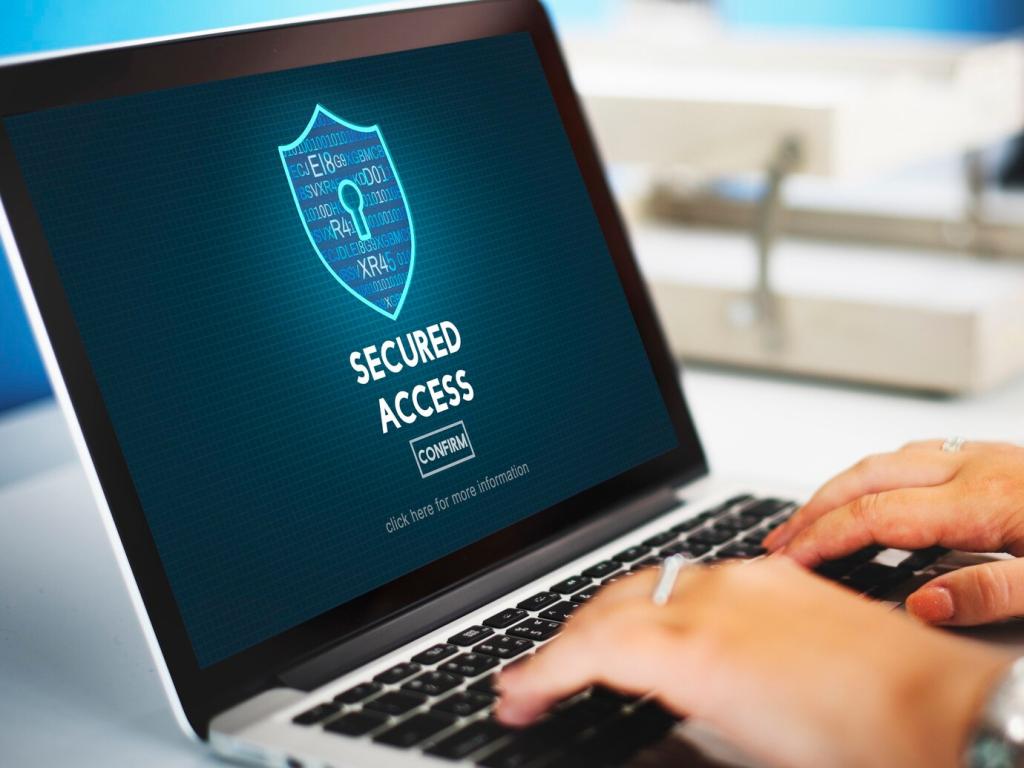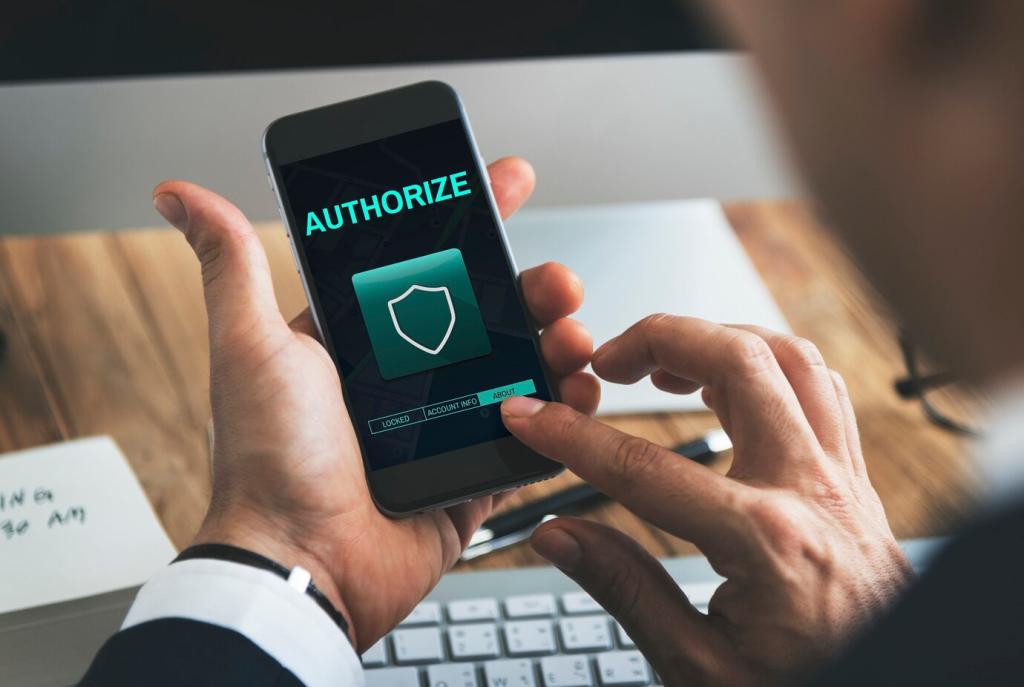Multi-Factor Authentication Solutions for Remote Workers
Chosen theme: Multi-Factor Authentication Solutions for Remote Workers. Welcome to a practical, human-focused guide to safer logins that protect dispersed teams without slowing them down. Subscribe, comment, and share your experiences to help others build resilient remote security.

The New Perimeter Is People
When employees connect from homes, hotels, and co-working spaces, passwords alone become fragile. Multi-factor authentication anchors identity to something stronger than memory, turning a stolen credential into a dead end for attackers.
Phishing Loves Convenience—MFA Disrupts It
Attackers exploit urgency and distraction, especially late on Fridays or during travel. A second factor interrupts that momentum, forcing adversaries to defeat an extra hurdle they rarely planned for in their quick-hit playbooks.
Anecdote From the Field
A remote support engineer clicked a convincing invoice email. The password was compromised, but the attacker failed at the push prompt. That pause sparked a report, an investigation, and a company-wide refresher on smarter approvals.


Designing Frictionless MFA for Distributed Teams
Reduce fatigue by prompting more often when risk rises, such as unusual locations, unmanaged devices, or impossible travel. During routine sessions on trusted devices, allow silent re-authentication to keep focus on meaningful work.
Designing Frictionless MFA for Distributed Teams
Guide users with friendly checklists, device options, and short explainer videos. Offer backup methods during enrollment and confirm recovery steps. Encourage readers to comment with their best onboarding tips for global, asynchronous teams.
Architecture That Scales: MFA in a Zero Trust World
Identity Providers, SSO, and VPN Alternatives
Centralize authentication with a modern identity provider and single sign-on. Replace legacy VPN reliance with application-level access controls. One strong login, many secured apps, and fewer places to misconfigure sensitive connections.
Conditional Access and Device Posture
Blend MFA with checks for operating system version, disk encryption, and endpoint protection. Deny or step up authentication when posture falls short, creating a dynamic guardrail that meets remote workers wherever they are.
Protecting APIs and Service Accounts
Human MFA is only half the story. Rotate secrets, use short-lived tokens, and bind machine credentials to workloads. Share your toughest integration questions, and we will explore practical patterns in future posts.
A Rollout Story: From SMS Codes to Phishing-Resistant MFA
A pilot group of traveling sales reps tried authenticator apps and push prompts first. Weekly check-ins surfaced friction and creative fixes. Their enthusiasm turned into internal advocacy across regional teams.
A Rollout Story: From SMS Codes to Phishing-Resistant MFA
After early wins, the company introduced security keys for admins and passkeys for everyone else. Training focused on practice, not jargon. Travel kits included backup keys and print-once recovery codes stored safely.
A Rollout Story: From SMS Codes to Phishing-Resistant MFA
Phishing attempts continued, but lateral movement stalled at the login screen. Help desk tickets dropped after clearer enrollment guides. Share your own migration milestones in the comments so others can learn from them.

Policies, Compliance, and Evidence that Sticks
Require MFA for all remote access, privileged activities, and sensitive apps. Define approved factors and recovery processes. Keep language plain and accessible so every employee understands their role in defending accounts.
Resilience: Recovery, Travel, and Offline Realities

Require immediate reporting, revoke sessions, and re-enroll factors quickly. Encourage users to keep at least two factors active. Share your most effective playbook steps to help others strengthen their recovery plans.
